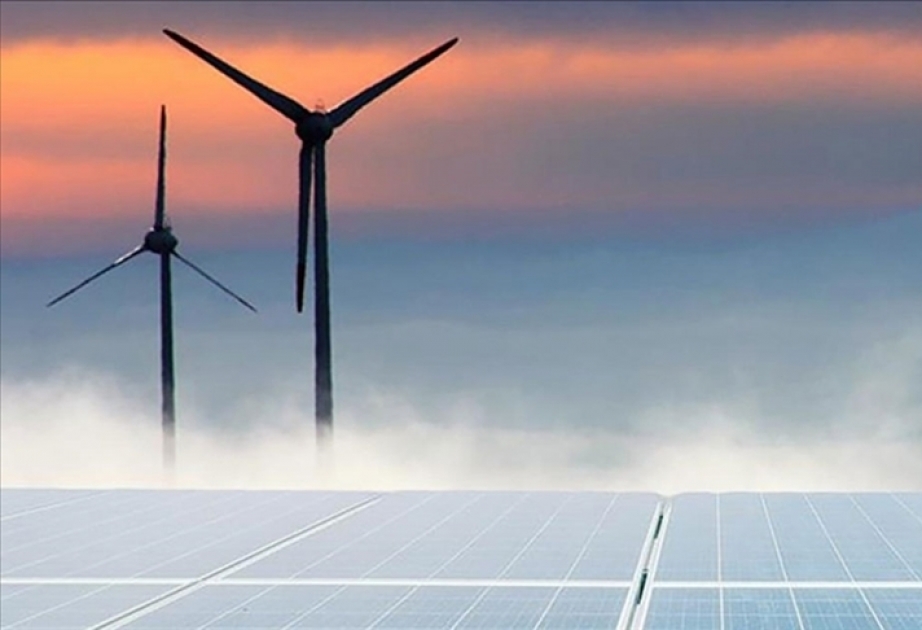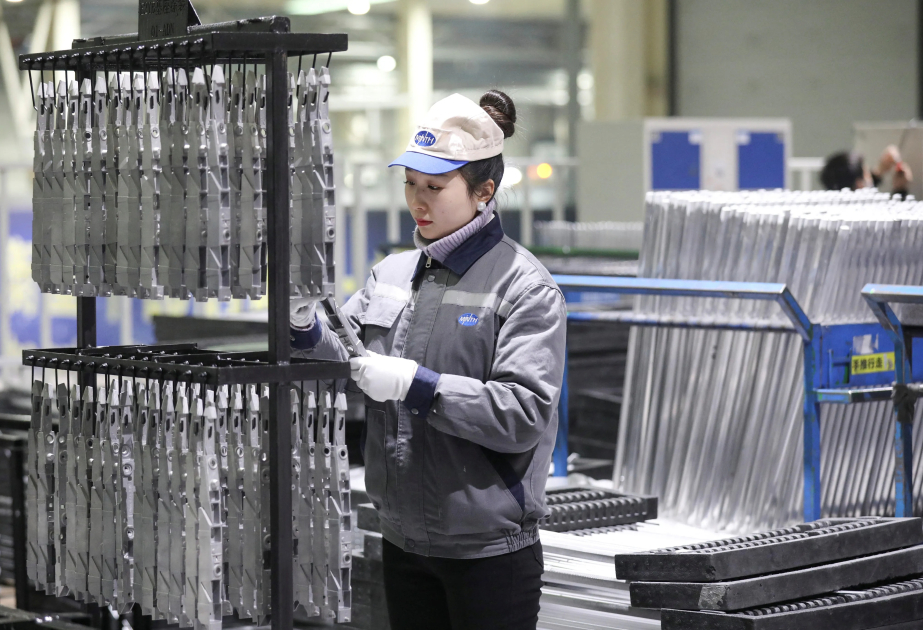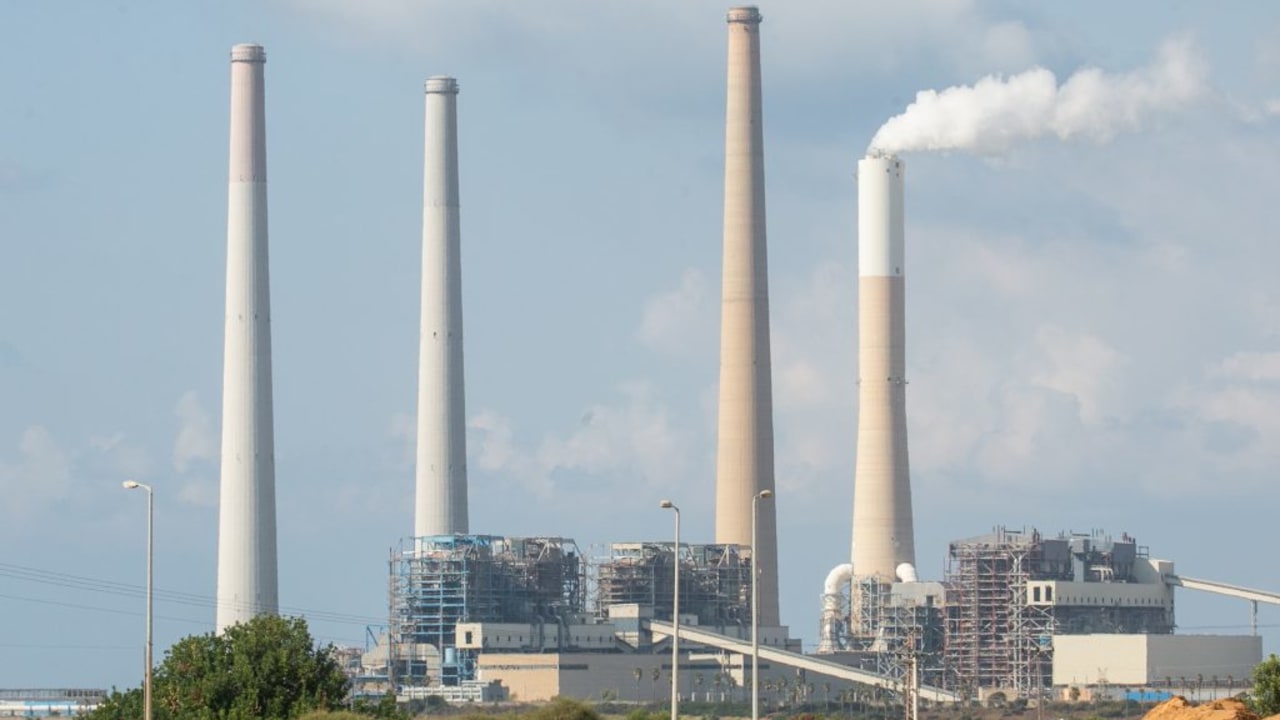The world’s capacity to generate renewable electricity is expanding faster than at any time in the past 30 years and is set to surge by 2.5 times by 2030, Anadolu Agency reports citing the latest report by the International Energy Agency (IEA).
The Paris-based energy agency said in its latest report, Renewables 2023, on Thursday that last year the global addition of renewable energy capacity to systems increased by 50% to around 510 gigawatts (GW), with solar PV accounting for three-quarters of additions worldwide.
According to the report, China saw the largest growth, commissioning as much solar PV in 2023 as the entire world did in 2022. Europe, the US and Brazil also hit all-time highs in renewable energy capacity increases.
“Under existing policies and market conditions, global renewable power capacity is now expected to grow to 7,300 GW over the 2023–28 period covered by the forecast,” the report said. “Solar PV and wind account for 95% of the expansion, with renewables overtaking coal to become the largest source of global electricity generation by early 2025.”
According to the report, “despite the unprecedented growth” over the past year, the world needs to go further to triple capacity by 2030, which governments agreed to do at the UN climate change conference COP28 in Dubai last month. Tripling global renewable energy capacity means the world needs to reach 11,000 gigawatts by 2030.
To achieve these goals, the report said the advanced and large emerging economies need to eliminate policy uncertainties, address insufficient investment in grid infrastructure to accommodate greater shares of renewables, and overcome cumbersome administrative barriers and permitting delays.
“In other emerging and developing economies, access to finance, strong governance and robust regulatory frameworks are essential to reduce risk and attract investment, including establishing new targets and policies in countries where they do not exist yet,” it added.
The IEA director, Fatih Birol, said that the report showed that “under current policies and market conditions, global renewable capacity is already on course to increase by two-and-a-half times by 2030.”
“It’s not enough yet to reach the COP28 goal of tripling renewables, but we’re moving closer – and governments have the tools needed to close the gap,” Birol explained.
Noting that onshore wind and solar PV are more cost-effective than new fossil fuel plants almost everywhere and cheaper than existing fossil fuel plants in most countries, Birol said: “There are still some big hurdles to overcome, including the difficult global macroeconomic environment.”
According to Birol, the biggest challenge “for the international community is rapidly scaling up financing and deployment of renewables in most emerging and developing economies, many of which are being left behind in the new energy economy.'
“Success in meeting the tripling goal will hinge on this,” he added.




.webp)










